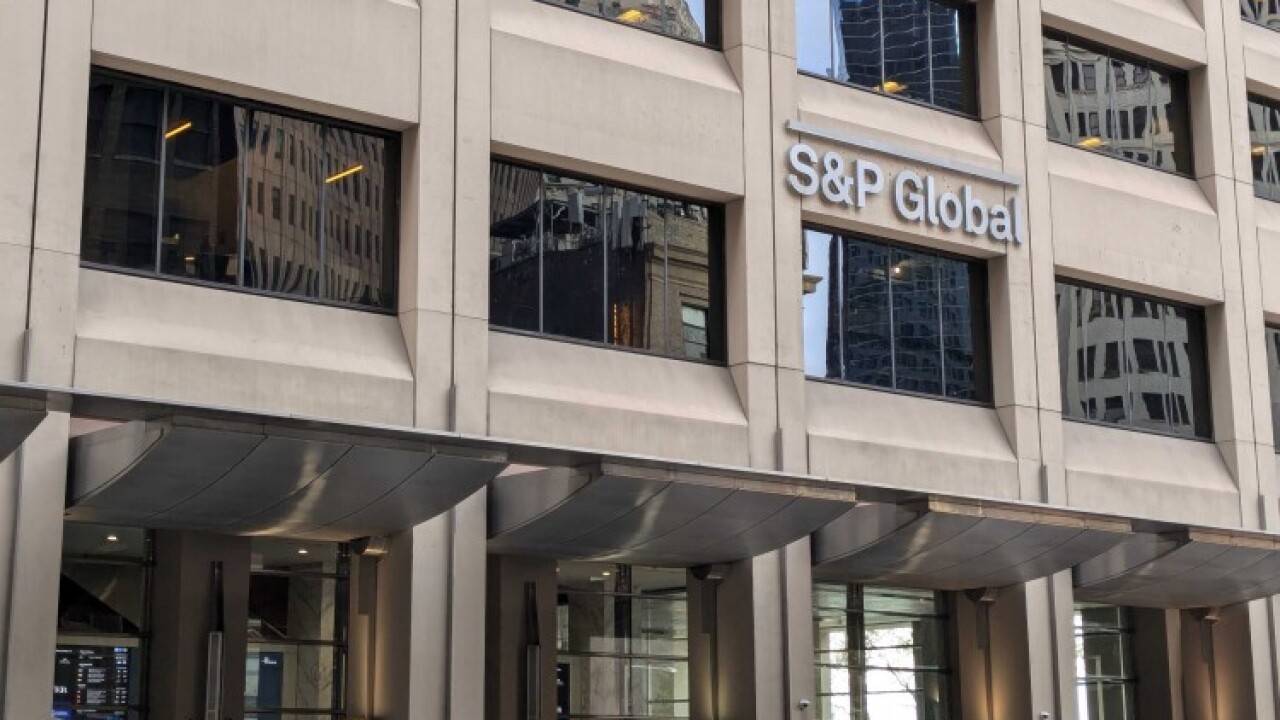DALLAS -- Airports are expected to issue almost $19 billion of new money bonds in 2017 and 2018 as they ramp up their capital expansion plans to keep pace with increased numbers of airline passengers, Moody’s Investors Service said in a report on the sector.

“We expect airports will raise an additional $11.7 billion in 2017, followed by $6.9 billion in 2018,” said Earl Heffintrayer, a vice president and senior analyst at Moody’s. “Leverage is set to increase, but moderate enplanement growth will mitigate credit pressure.”
The capital expansion plans of U.S. airports will drive airline costs higher, putting credit pressure on the aviation sector, Moody’s said in its report, which was released Tuesday.
Airports likely will pass additional costs on to airlines in the form of rents and landing fees, which are expected to rise by approximately 25% overall by 2021 and even higher to approximately 32% at the nation’s 25 largest airports, according to the rating agency. The magnitude of the cost increases may seem large compared to the airlines’ current airport expenses, but the report estimates that by 2021 they will represent only 1.5% to 2.5% of airline operating expenses.
The projected increase in airport costs will range from $1.50 per passenger for every trip segment at Southwest Airlines to $2.50 per passenger for United Airlines, Heffintrayer said.
“Airlines will look to pass the higher fees on to passengers to help mitigate pressure on their operating margins,” he said.
However, the costs incurred by airlines through higher rents and landing fees will be modest compared to their total operating expenses and should be readily absorbed, given their healthy profit margins, the report said.
“We expect the projects can be accommodated without causing negative industry-wide credit pressures in either the airport or airline sectors,” Heffintrayer said.
Airports are expanding their terminals and other facilities because passenger numbers have exceeded their pre-recession peaks at 21 of the nation’s 25 largest airports, Heffintrayer said.
“Much of the growth has been driven by airlines using larger planes,” he said. “Larger planes need expanded terminal and runway space, which is driving the capital expansion.”
U.S. airports have nearly $100 billion in infrastructure needs through 2021 to accommodate growth in passenger and cargo activity and to rehabilitate existing facilities, according to a report issued by Airports Council International-North America in March.
Infrastructure needs at large, medium, and small hub airports have increased nearly 42% since a 2015 estimate, said Kevin Burke, president of the trade association representing commercial service airports in the United States and Canada.
The $20 billion per year average annual infrastructure funding needs for airports is more than double the funding currently available through annual airport generated net income, passenger facility charge user fee revenue, and federal Airport Improvement Program grants, Burke said.
“The longer we delay, the more America’s airports will fall behind and our infrastructure needs will become even more expensive to fix,” he said.
Terminal projects account for 54% of overall airport infrastructure needs, including $60.4 million at large hub airports and $11.7 billion on medium hubs, the Airports Council said.
Airport infrastructure projects under construction or set to begin soon include a $4 billion renovation at New York's LaGuardia Airport. Conduit issuer New York Transportation Development Corp. sold $2.4 billion in special facilities bonds on May 17 for the project, which includes a new 35-gate Terminal B.
Nearly $900 million of infrastructure improvements are set to get underway soon at Philadelphia International Airport. The $396 million of maintenance and repairs at the city-owned airport include $96.5 million for a terminal modernization program and $32.8 million for new concessions. The renovations are being funded through user charges, airline-backed revenue bonds, and grants.





